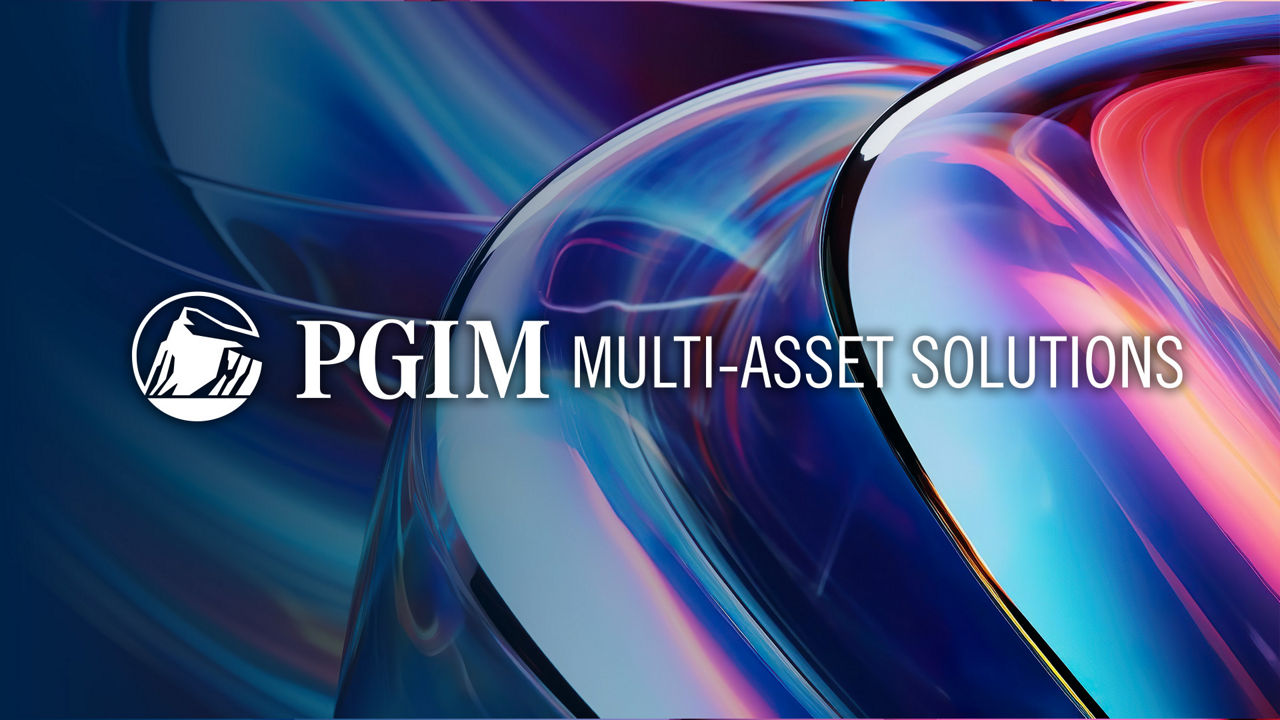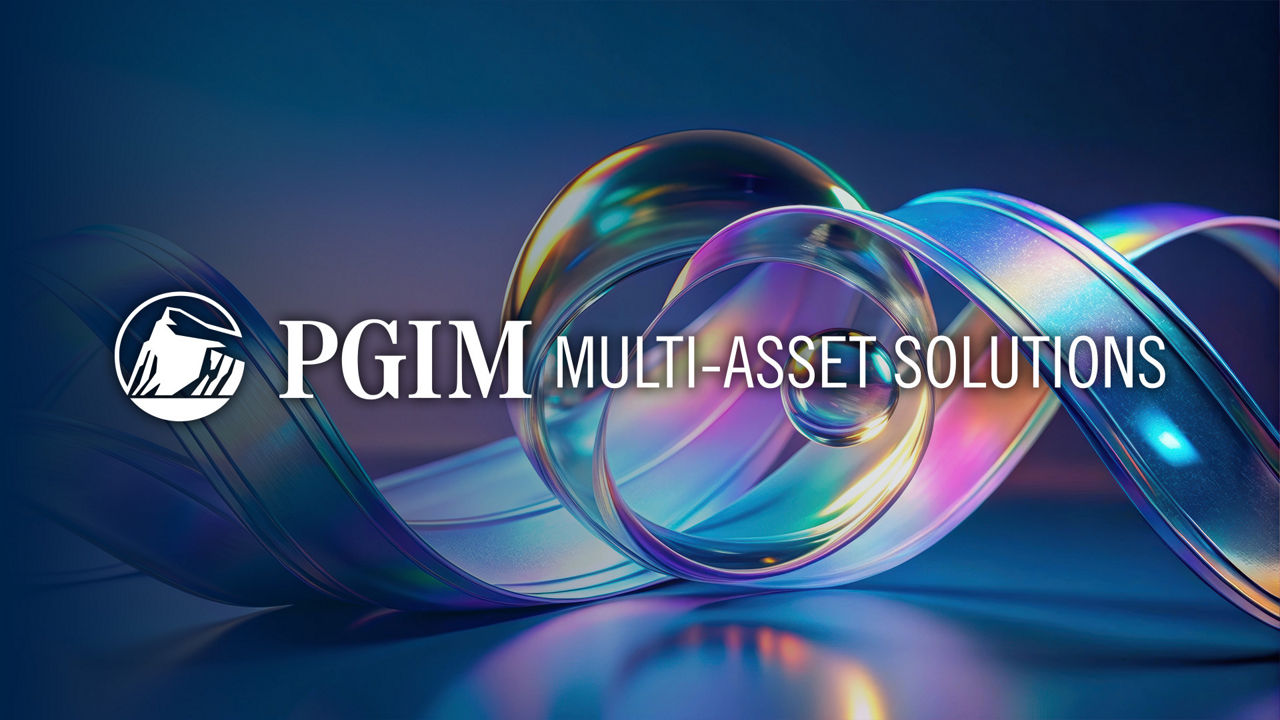Overview
Market conditions have brought the funded status for many pension plans to elevated levels. Plans that are looking to de-risk, while maintaining future flexibility, can consider an immunized bond portfolio for retiree liabilities, and this case study demonstrates that modern approaches to cashflow matching portfolio construction can achieve efficient execution for large transactions.
Key Partners
- Defined benefit plan with more than $5 billion in assets
- PGIM Fixed Income
Challenge
Many plans took incremental steps to secure funding levels following a sizable appreciation in growth portfolios and the persistence of elevated liability discount rates. The plan in this case study decided on a larger derisking step by fully immunizing their retiree population with a cashflow matched bond portfolio.
While there were a number of derisking paths available, the plan's ultimate choice to create a cashflow matching portfolio, which would remain in the pension trust, was based on some important benefits:
- a pension trust is an efficient investing vehicle with trading and investing flexibility due to tax exemption and lack of investment-related capital implications;
- lower investing constraints create higher return potential from asset class selection, asset class rotation, security selection, and active trading;
- this can increase surplus over time and enhance the funding position of the liability;
- and accumulating surplus can facilitate the intake of additional populations from plan mergers or new retiree cohorts into the immunized portfolio.
Approach
The plan in our case study is relatively large (i.e., more than $5 billion in assets), remains open with accruing benefits, and the retiree portion consists of about half of the participants and about two-thirds of the liabilities.
With these characteristics as context, the plan's main objectives included the following:
- building a bond portfolio to match current retirees' next 30 years of projected benefit cashflows with investment grade corporate bonds and high-quality securitized credit;
- and generating liquidity on a monthly basis to pay retiree expected benefit payments.
Furthermore, conditions for proceeding with the transaction were:
- achieving a minimum yield requirement;
- and meeting the condition of sufficient asset coverage relative to the liability.
Solution
An initial step in the implementation process consisted of constructing a model portfolio, which matched the liability cashflows and met the investment guideline constraints. The yield of the model portfolio was monitored daily. When both the yield trigger and coverage conditions were met, the rotation from the original, growth-heavy portfolio to the cashflow matching portfolio began.
Once the liquidation of the growth assets began, it was paramount to hedge the model portfolio yield—and its most volatile components of interest-rate and spread risk—quickly. Given the size of the transaction, a broader set of derivatives and ETFs were permitted, and a credit facility was established to facilitate efficient execution.
Once the portfolio ramping phase concluded, ongoing management began with a new, more constrained set of guidelines focusing on active security and sector selection.
Ultimate success of the transaction will be achieved by the portfolio paying all of the expected cashflows for the projected 30 years of the immunization. The progress towards this goal can be measured by monitoring the funded status of the liability. This provides a measure of how well the portfolio value covers the liability at any point in time.
Additionally, a custom market index was created, which provides a yardstick for measuring the value added through the asset manager's active portfolio management. The custom index is reweighted periodically as the liability rolls down over time.
This dual approach of funded status monitoring and creation of the custom index provides governance over both the ultimate objective for the portfolio to deliver benefit payments to the participants and the manager's ability to add alpha through active management.
Case studies are provided for illustrative purposes only and results may vary.
-
Building a Diversified Credit PortfolioA pension plan sought more yield without significantly increasing risk.
Read More
-
Optimizing Portfolio Transitions in Emerging MarketsA European-based client sought an emerging markets strategy that met their risk and return targets while aligning with specific ESG and country exposures.
Read More
-
Private Market Investment Solutions for Cross-Border InsuranceA leading European re-insurance company was seeking an optimal solution to grow private market exposure to U.S. commercial real estate debt.
Read More
-
A Strategic Asset Allocation for Enhanced IncomePMA partnered with a public pension plan to understand their needs and design a strategic asset allocation leveraging PGIM's broad capabilities.
Read More




